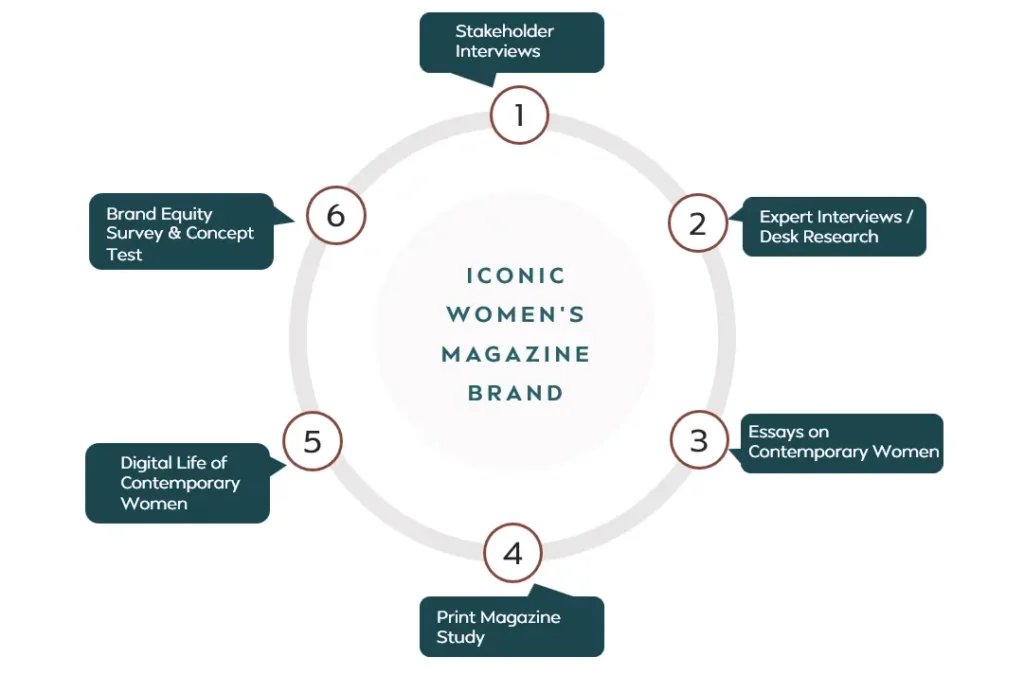UI/UX/BX is as much about the mind of the consumer as it is about the design of the Interface. The mind, however, is not easy to understand. This is where the power of consumer research comes into play in UI/UX/BX research.
Functional needs Emotional and Psychological Needs
Understanding needs and motives
User Tasks and Goals
How to get consumers in the zone
Weblab was used to improve the cost tool that increased the usage by insurance members.

Good UX is invisible. Users only notice when it fails. A button that does not respond as expected. A search function that delivers irrelevant results. A checkout flow that feels like unnecessary effort. These are the moments where engagement breaks.
Usability testing identifies these friction points through structured analysis:
Click Tracking & Drop-Off Analysis – Mapping where users engage, hesitate, or abandon tasks.
Eye-Tracking & Heatmaps– Measuring attention flow and identifying overlooked elements.
Task-Based Testing – Assessing whether users can complete key actions without confusion.
In healthcare, this means reducing complexity in patient portals and appointment scheduling. In retail, it ensures navigation feels intuitive. In digital products, it validates that every interaction is clear from the start.
The process is iterative—clutter is removed, unnecessary steps are stripped away, and essential functions are optimized.
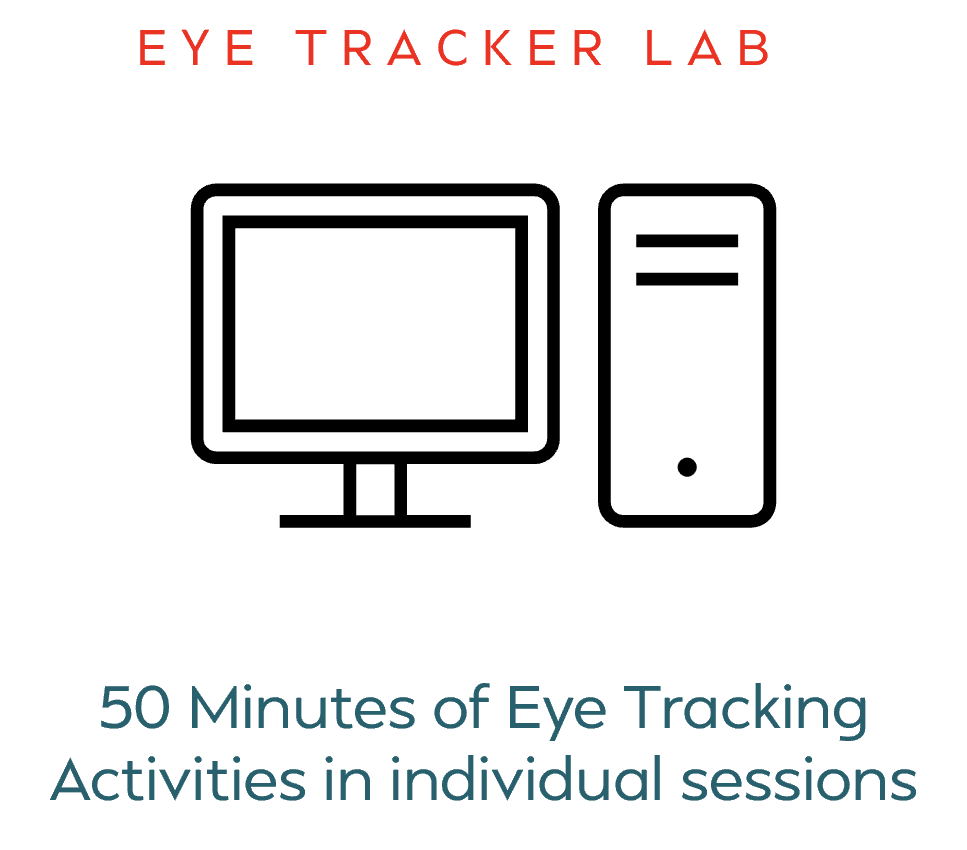
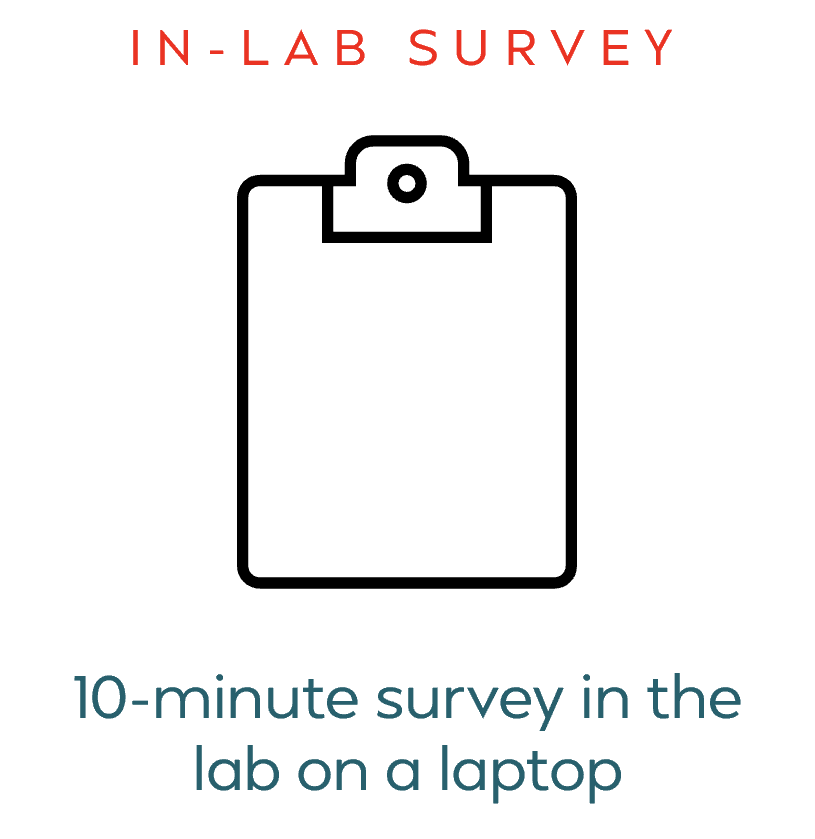
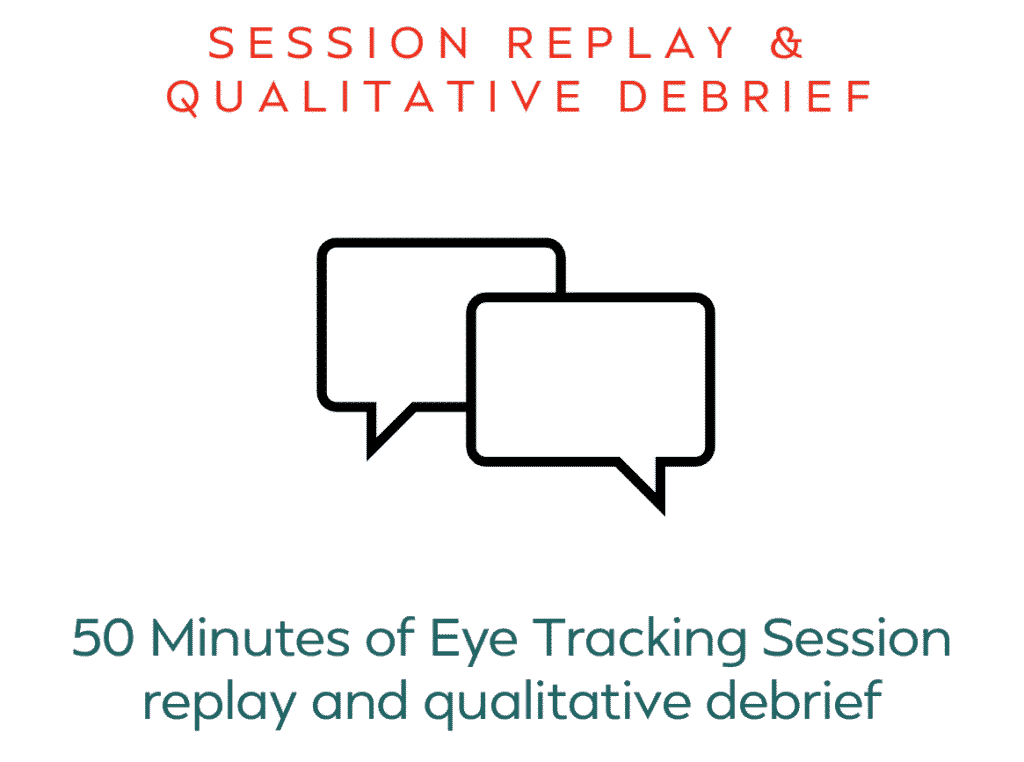
1. A lab study is conducted to identify competitive drivers of choice and the best-in-class elements.

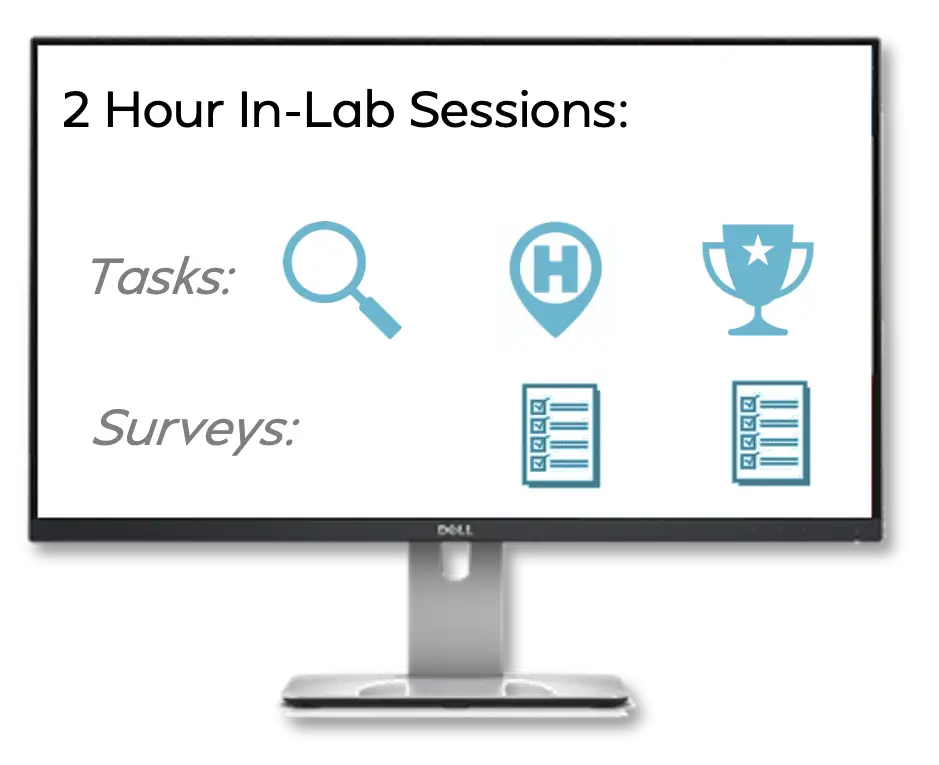
Respondents complete a three-part lab:
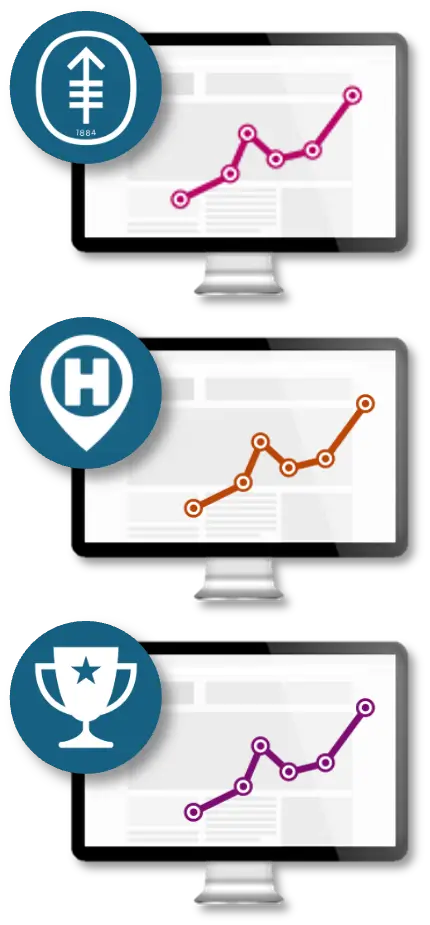
Report with website ratings and market drivers per region, hospital, disease state, and consumer segment
2. Collaborative ideation sessions are conducted between the client, agency, and research team.
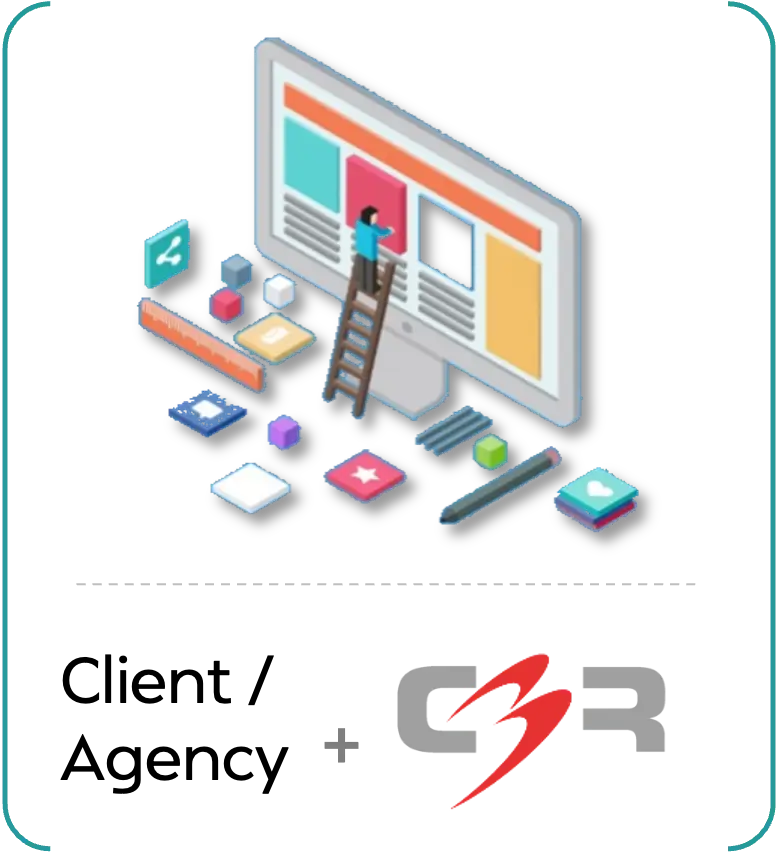
Collaborative meetings between the Client, agency, and C3R to discuss ways to elevate Brand, Content, and Experience based on Phase I results.
3. Research Prototype development and testing
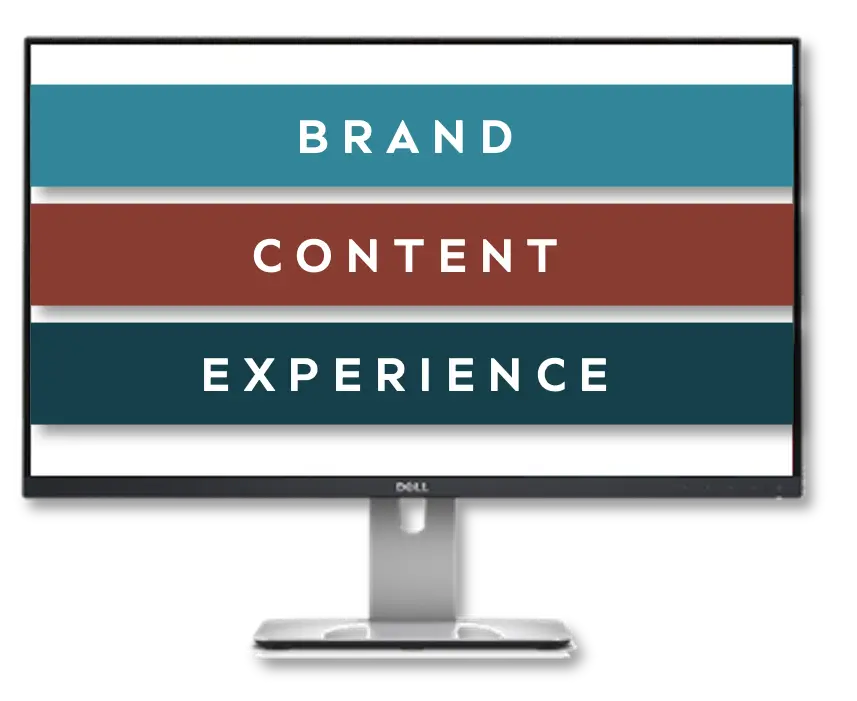
C3R Weblab or the Agency develops realistic, detailed, and clickable prototypes for exposure to participants in Phase III Ideation Sessions.

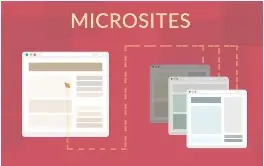
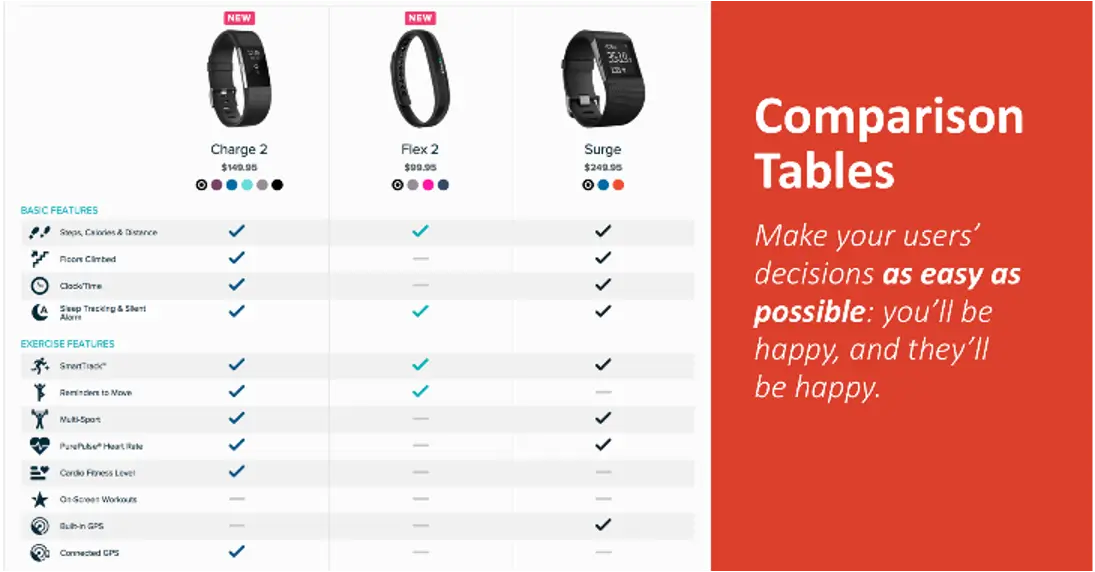
I3R Web Brand Equity ModelTM is used to improve digital assets such as Interactive Point of Sale, Product comparison tools, and Microsites.
Hospital Sites are at the End of the Decision-Making Chain.

Strategic redesign results in a consumer-centric healthcare website that enables consumers to navigate the site confidently and make informed healthcare decisions.
Examples of Strategic Website Redesign: Digital Transformation Strategy for a Hospital System
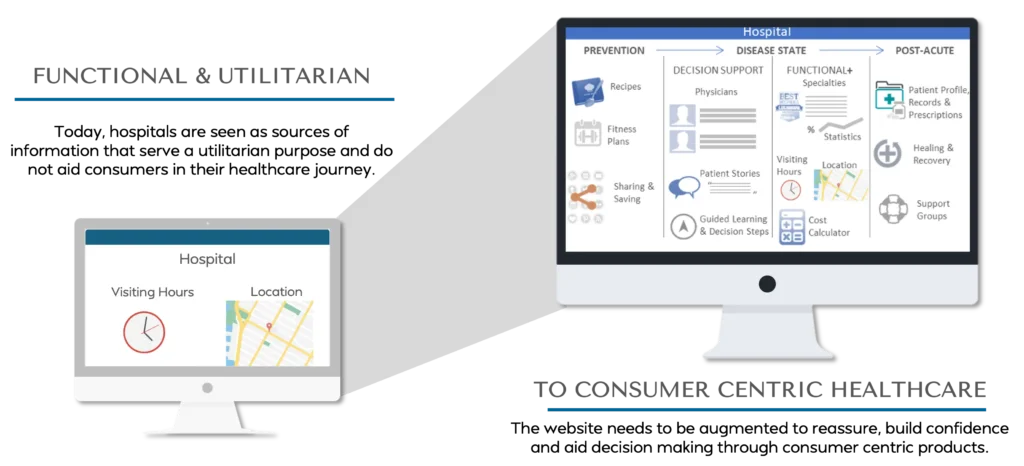
Ever wondered why some websites just feel right? The secret lies in understanding where users look, what grabs their attention, and what they overlook. Eye-tracking studies decode these patterns by monitoring eye movements across the screen.
Traditional research methods can be intrusive, altering natural behavior. In contrast, eye-tracking technology allows users to navigate digital spaces naturally. Specialized sensors discreetly track where and how long users focus, capturing genuine interactions without interruption.
The collected data transforms into visual maps, highlighting hotspots of attention and areas of neglect. These insights empower designers to craft digital experiences that are intuitive, engaging, and user-centric. By seeing through the user’s eyes, we move beyond guesswork, creating seamless interfaces that resonate on a human level.
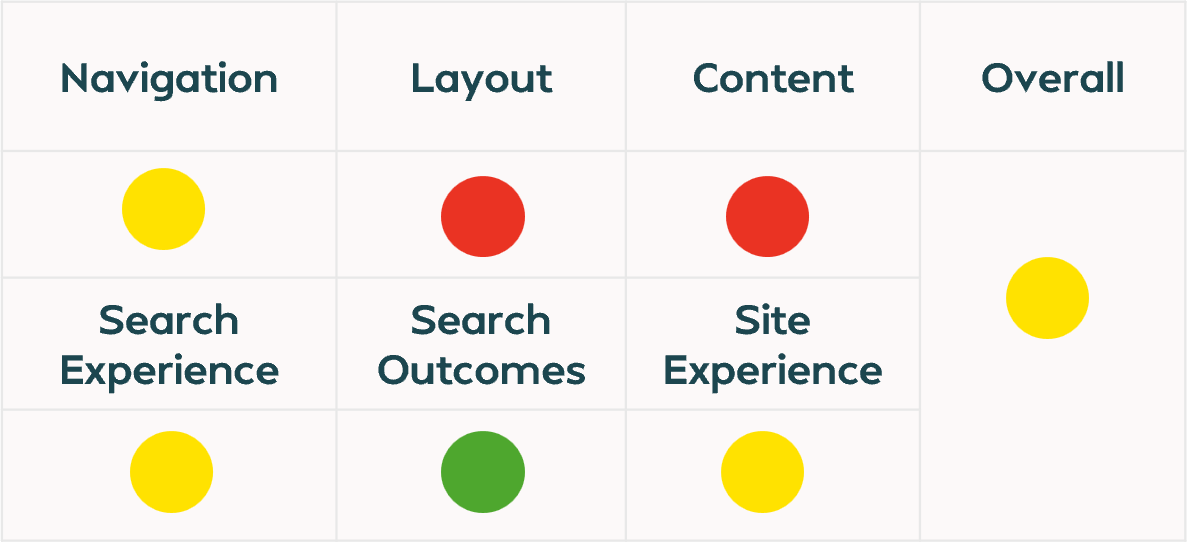
What people say and what they do in the digital world is never the same. It is not because people are not truthful. It is simply because they do not have good insights into their own subconscious behaviors.
How do women engage with the brand’s website? Is there a difference between what they say about the brand and what they experience and do on the site?
We observed their interaction with the site using eye tracking, measured their engagement with galvanic skin conductance sensors, and analyzed their facial expressions using facial expression analysis software. We also included competitive brands and social media sites in the mix to get a good understanding of the digital life of the target segment.
18-24 Years Women
25-40 Years Women
41-56 Years Women
The study designs with stakeholder interviews to gather insider perspectives, followed by expert interviews and desk research for industry insights. Next, essays on contemporary women provide a cultural lens, while a print magazine study examines traditional media engagement. The digital life of contemporary women phase investigates online behaviors, culminating in a brand equity survey and concept test to assess perception and future potential.
